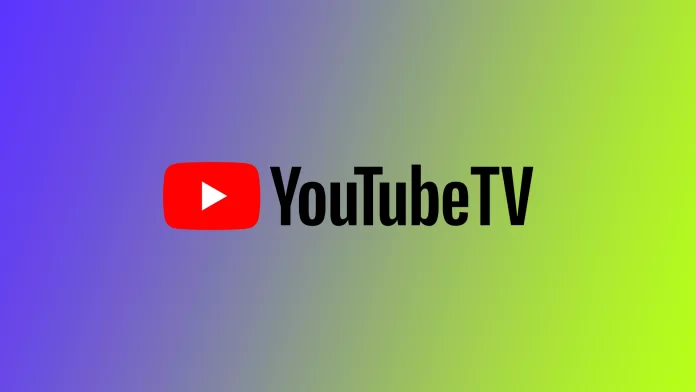YouTube TV is a widely-used streaming service offering live TV channels, on-demand content, and cloud DVR recordings. While convenient, some users experience buffering problems that can disrupt their viewing. Here’s a concise overview of the primary causes of buffering on YouTube TV and effective solutions to address them.
Main Causes of Buffering
- Slow Internet Connection: If your internet speed isn’t sufficient for the video quality you’ve selected, the YouTube TV app may struggle to download and process the stream, leading to choppy playback.
- Overloaded Network: When multiple devices are connected to the same network, the available bandwidth is divided among them, reducing connection speed and causing buffering. For instance, if several people in your household are simultaneously streaming content on different platforms like Hulu, Netflix, and YouTube, you might experience slower speeds and buffering.
- Application or Browser Bugs: Occasionally, conflicts within your device’s operating system can block YouTube TV from connecting to the internet or its servers. While rare, this can happen if system resources are allocated to other processes, leaving insufficient bandwidth for video streaming.
- ISP Traffic Restrictions: In some cases, your internet service provider may impose limits on YouTube TV’s traffic, slowing down your streaming speed.
- YouTube TV Server Issues: Temporary issues with YouTube TV’s servers can also make the service unavailable or cause buffering.
- Overloaded Wi-Fi Network: In densely populated areas, especially in cities with many neighboring buildings, Wi-Fi networks can become congested, leading to slower internet speeds and buffering.
Solutions for Fixing Buffering
- Increase Internet Speed: Use Speedtest to check your internet speed. If it’s not adequate, consider upgrading your plan:
- <3 Mbps: Buffering, even at standard quality.
- 3 Mbps: Standard video quality.
- 7 Mbps: HD quality for a single device.
- 13 Mbps: HD quality for multiple devices.
- 25 Mbps: 4K video quality.
- Reboot the Router: Rebooting the router can sometimes resolve connection issues. If problems persist, there may be a fault with the router or its power supply. In such cases, replacing the power supply might help.
- Reboot the Device: Restart your device—whether it’s a Smart TV, smartphone, or computer—to clear any potential system errors that could be causing buffering.
- Check Wi-Fi Congestion: In apartment buildings, Wi-Fi congestion can be a significant issue, particularly if many routers are using the same channel. While modern routers supporting Wi-Fi 5 or Wi-Fi 6 can combine multiple channels to enhance speed, older models may not have this capability, leading to reduced internet speeds.






